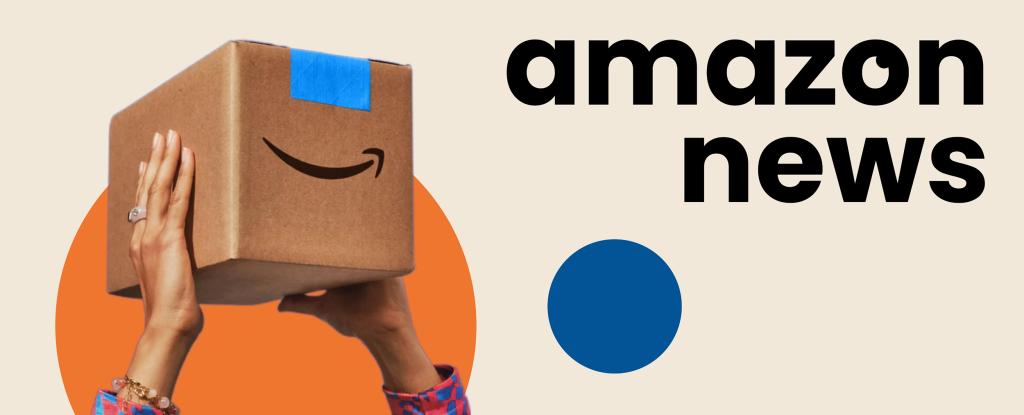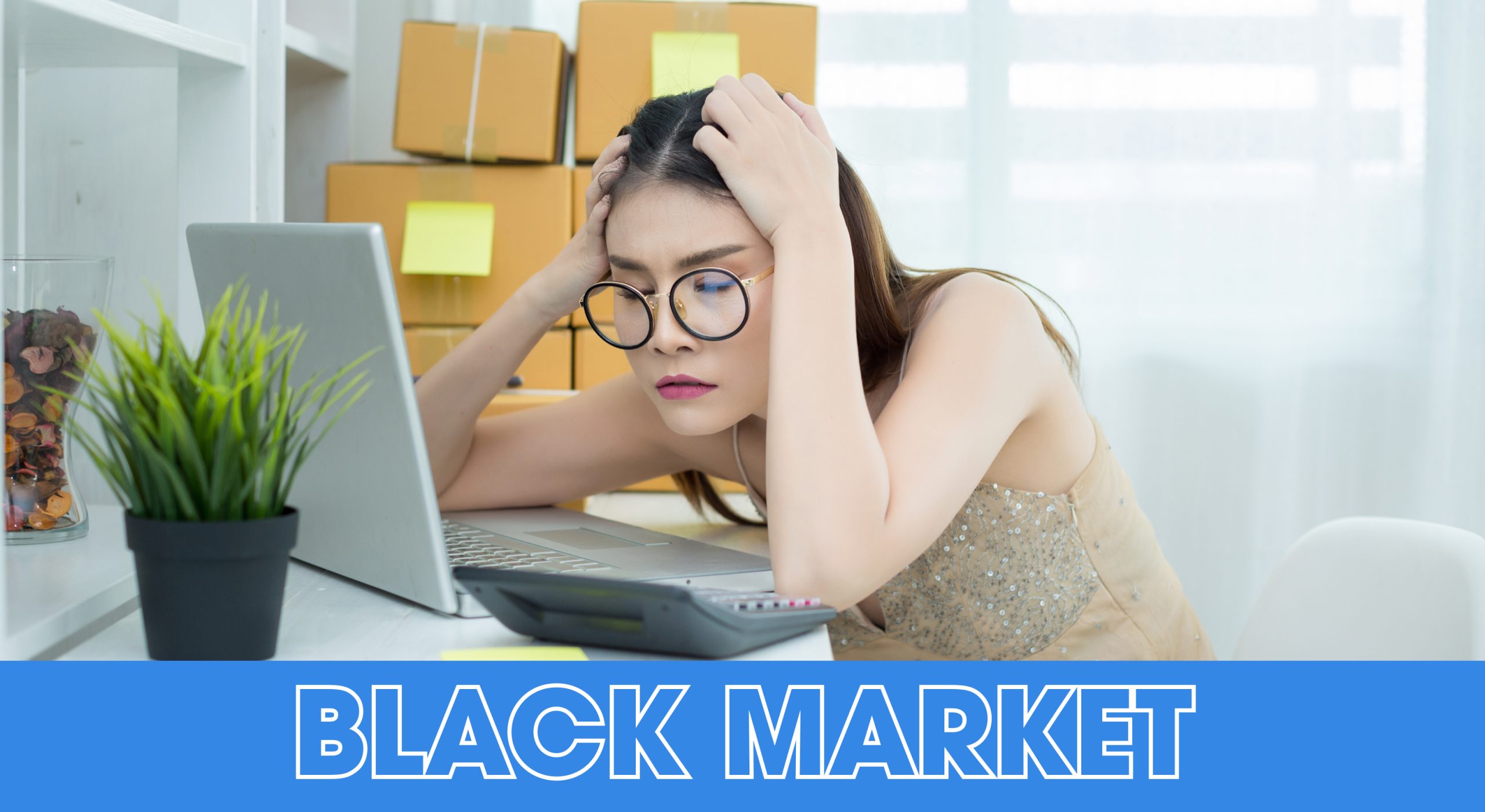Ah, tariffs—one day they’re here, the next day they’re there. It feels like every time you turn around, there’s a new tariff update popping up.
The tariff battle is on, and sellers are caught in the middle of a full-blown power struggle.
Who’s winning, and who’s getting squeezed?
- 104% tariff on China imports 😱
- 15% off + FREE reviews! 🎯
- Protect profits from sky-high tariff 💸
- Amazon cancels $500K in China orders 💥
- U.S. manufacturers bring production home 🇺🇸

TRENDING TOPIC
You’re not imagining it—tariff updates have been hitting like plot twists in a bad drama. One minute you’re calculating landed costs, the next you’re slapped with another duty hike.
But here’s the thing: these tariffs aren’t just dry policy updates. For sellers, it’s real money, real margins, and real risk. And if your supply chain runs through China? It’s time to pay attention.
Seller Alliance laid it all out.
💰 The U.S. Tariff stack (so far)
- Universal Baseline Tariff: 10% on all imports (effective April 5, 2025)
- Section 301 Tariff: 20% on products from China (since 2018)
- Section 232 Tariff: 25% on steel and aluminum from China
- Reciprocal Tariff:34% (China-specific)
- New Tariff: Additional 50% on Chinese imports (announced April 8, 2025)
Yep, you read that right. From a 'threat,' President Donald Trump imposed an additional 50% tariff after China didn’t reverse its newly implemented 34% tariff on American goods.
😫 The real cost to sellers
If your product is made in China and doesn’t contain steel or aluminum, here’s your current tariff load:
34% (Reciprocal) + 50% (New) + 20% (Section 301) = 104%
And that’s before adding your Harmonized Tariff Schedule (HTS) Duty Rate.
⚠️ A wake-up call
Roughly 70–80% of Amazon sellers source from China, and that 104% tariff isn’t just a number—it’s a direct hit to your margins, pricing strategy, and cash flow.
But here’s the thing: tariffs don’t have to spell the end of your profit story. Yes, it’s a tough pill to swallow, but YOU can definitely stay ahead. 😉

TOGETHER WITH REVIEWSCOOP
15% off + FREE reviews to jumpstart your sales

Getting noticed on Amazon takes more than pretty pictures and clever keywords. The real game-changer?
High-quality product reviews. 💯
If you’re just starting out, don’t worry—ReviewScoop has a special deal just for you:
🌟 15% off all plans
🌟 3 FREE 5-star reviews from real, verified testers
What you get:
✔ Effortless review process—you focus on your business, we handle the rest
✔ Verified reviews starting at $199/month
✔ Ongoing reviews to keep you ahead of the curve
Stand out. Sell more. It’s time to let your reviews do the heavy lifting.

BITES OF THE WEEK
- No More Loopholes: It's unlikely that Temu and Shein would still offer cheap products as the "de minimis" exemption ends.
- Steep Stock Drops: International stock prices of the 10 largest eCommerce companies have dropped 18%!
- Instant Money, Instant Happy: People want to pay and be paid quickly, making instant payments increasingly prevalent.
- Targeting Spring: Target launched its Spring campaign highlighting new products using a mix of video, social, digital, and outdoor ads.

ACTIONABLE ADVICE
How to protect your profits from a 104% tariff

You’ve seen the tariff stack. You’ve done the math (and probably cried a little). So now what?
When duties stack higher than your margins, doing business the usual way just won’t cut it. That’s why Seller Alliance put together this follow-up playbook: real-world tactics that Amazon sellers are using right now to stay profitable—even in the thick of a trade war.
Let’s break them down:
- Drip feed your inventory 🚚
- How it works: Instead of sending one giant shipment (and paying duties all at once), you ship smaller, more frequent batches to FBA.
- Use bonded warehouses 🏘️
- How it works: Inventory "in bond" is technically still “in transit,” which means you don’t have to pay duties until it’s actually distributed or sold.
- Sign cost-sharing agreements 📋
- How it works: Negotiate a deal where suppliers agree to absorb part of the tariff hit.
- Source from different places 🔍
- How it works: Shifting part of your supply chain to countries like Vietnam, India, or Mexico gives you a leg up in pricing and availability.
🧭 Your next move? Future-proofing
These strategies aren’t just about surviving the now—they’re about building a more agile, sustainable business. The sellers who thrive? They’re not waiting for the trade war to calm down.
They’re adapting now.

AMAZON NEWS
Amazon just canceled $500K worth of their orders from China overnight

Thought you were the only one scrambling to make sense of the tariff chaos? Think again. Bloomberg reported that Amazon just hit the brakes on multiple wholesale orders from long-time vendors—without notice.
⛔ Cancellation chaos
It’s unclear how widespread the cancellations are or how many merchandise items are affected. Here’s what we know so far:
- Beach chairs, scooters, air conditioners—you name it. Orders were canceled after the goods had already been manufactured. Yikes!
- One vendor got ghosted on a $500,000 deal and was left holding the bag. No warning, no mention of tariffs—just a cold email saying the order was placed “in error.”
But let’s be real—nobody’s buying that explanation. It’s fallout from Trump’s latest tariff push, which now targets over 180 countries including China, Vietnam, and Thailand.
🖼️ The bigger picture
If your margins are getting squeezed or your freight plans are all over the place… you're not alone.
- Amazon has relied on direct import orders for years—buying in bulk, shipping at scale, and taking on the tariff risk themselves.
- Now? They’re cutting those orders and shifting that risk back to vendors. That means even the big guys are scrambling, just like the rest of us.
This is part of a bigger shift, and the ripple effects are hitting everyone from large-scale vendors to small Amazon sellers.

CASH CORNER
U.S. manufacturers are bringing production back home amid tariffs

It’s not just sellers and retailers feeling the pressure of tariffs—manufacturers are experiencing their own set of challenges.
According to Digital Commerce 360, reshoring efforts are ramping up, and new technologies are being adopted at a rapid pace to adapt to the changing landscape.
💥 Reshoring boom
- 42% of U.S. manufacturing CEOs have already reshored their facilities.
- 19% more plan to do so soon.
- 500,000 small- and mid-sized U.S. manufacturers are seeing increased demand for domestic production.
This reshoring movement is fueled by tariffs and federal policies aiming to reduce dependence on foreign supply chains.
🤖 Tech is taking over
- 70% of manufacturers are investing in AI tools to streamline planning and operations.
- 63% believe AI and new technologies will be transformational for their businesses.
- Automation is a key priority for many manufacturers.
These investments are helping manufacturers modernize and optimize their operations to remain competitive.
🏖️ Time to support local
Reshoring offers numerous advantages, especially when it comes to reducing shipping and logistics costs—and avoiding tariffs.
Specifically, reshoring can help:
- Lower transportation expenses
- Minimize supply chain disruptions
- Enable faster delivery
By bringing production closer to home, you gain more control over inventory management, leading to more efficient operations and a better overall customer experience.








